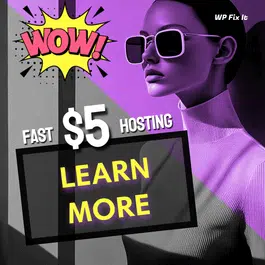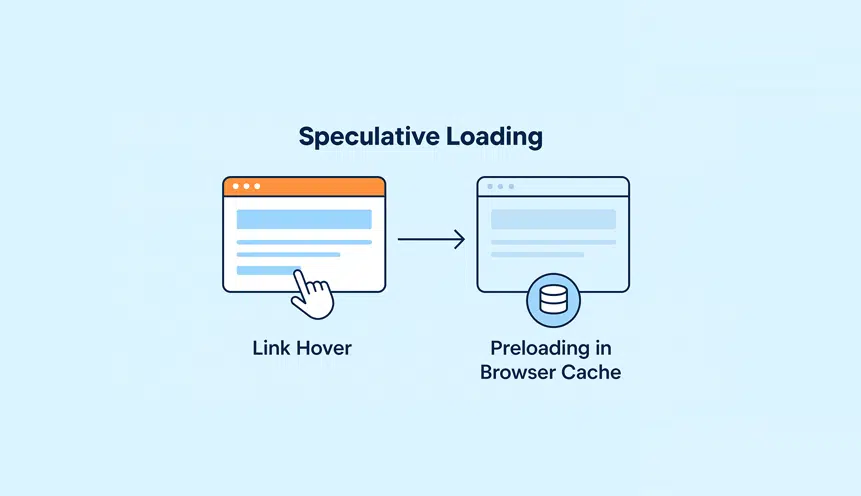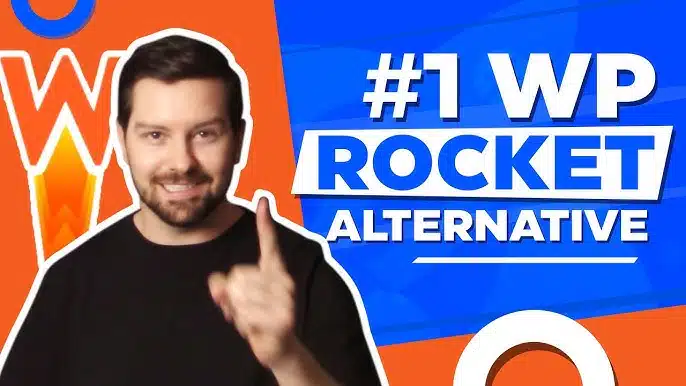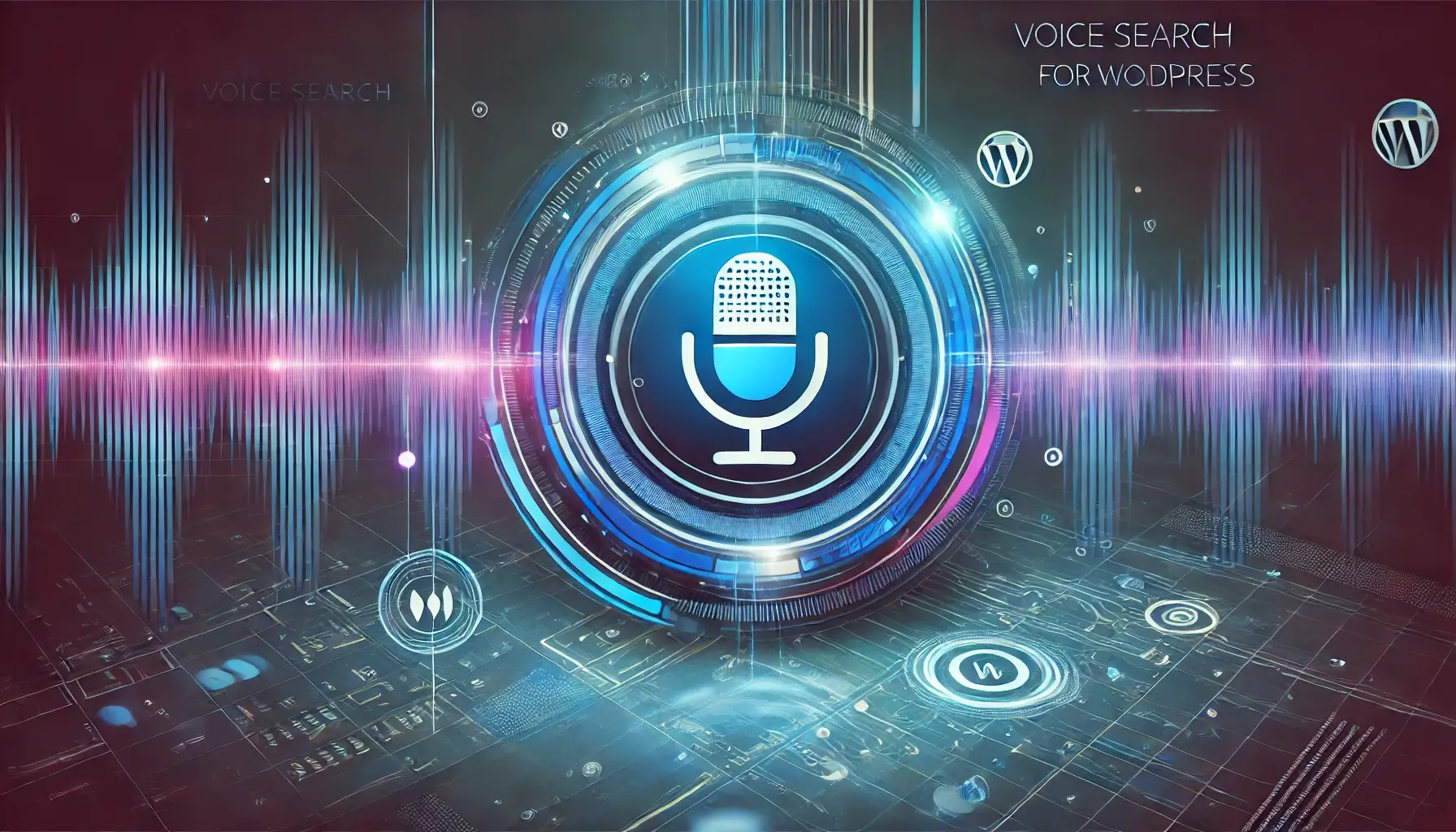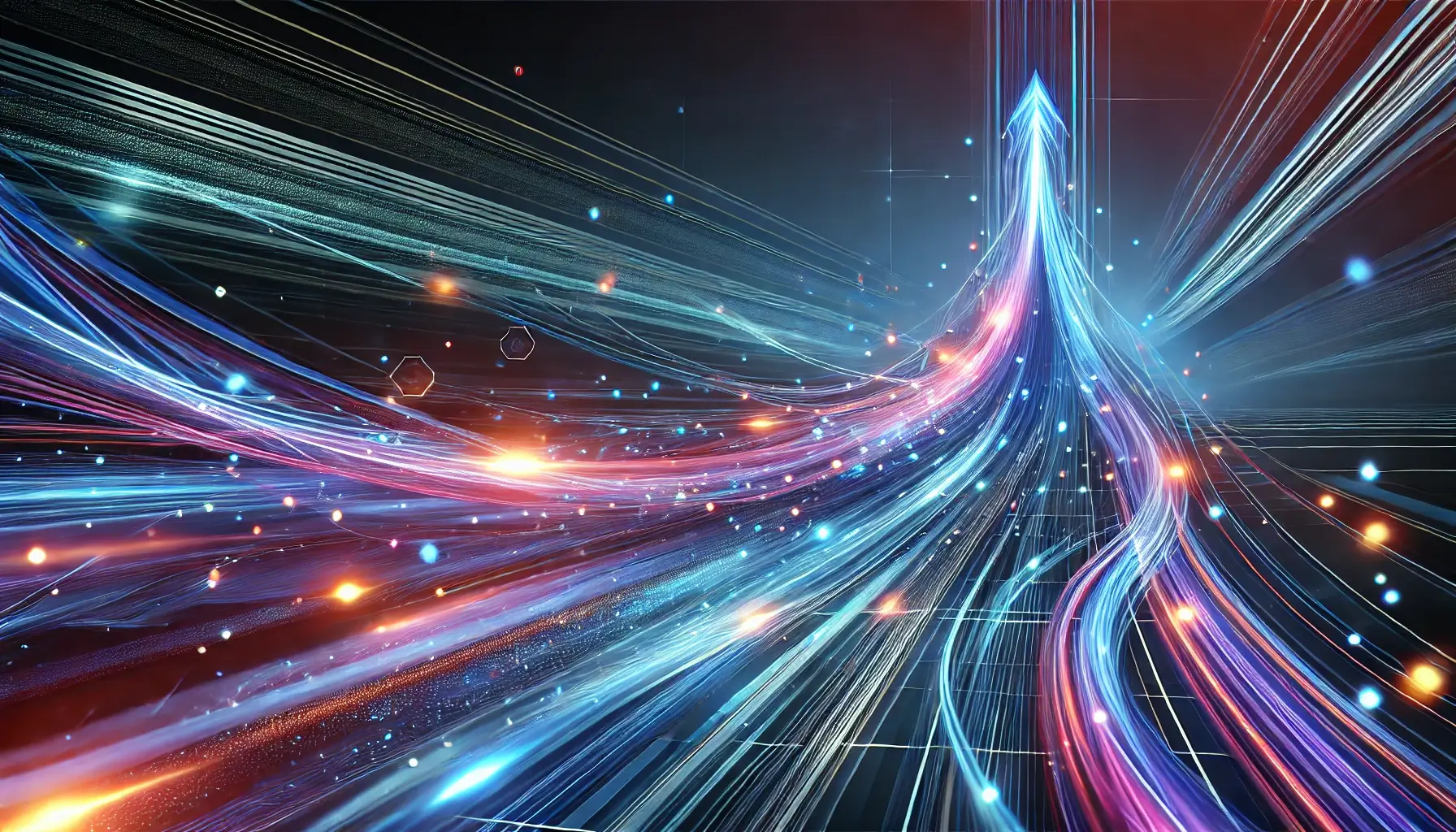Title: The Dangers of WordPress An infection: What Web site House owners Have to Know
Introduction:
WordPress has grow to be some of the widespread content material administration methods (CMS) worldwide, powering over 40% of internet sites on the web. Whereas its user-friendly interface and intensive plugin library make it a handy platform, it isn’t resistant to safety dangers. On this article, we are going to discover the potential dangers of WordPress an infection and supply web site homeowners with important information to guard their on-line presence.
Understanding WordPress An infection:
WordPress infections happen when malicious actors exploit vulnerabilities throughout the CMS or its plugins. These infections might be devastating for web site homeowners, resulting in fame harm, monetary losses, and compromised person information. Frequent sorts of WordPress infections embody however should not restricted to:
1.
Malware infections:
Malware can infiltrate a WordPress web site by way of contaminated themes, plugins, or compromised person accounts. It may end up in unauthorized entry, web site defacement, or the set up of malicious code that compromises web site performance.
2. Phishing Assaults:
Hackers might create subtle phishing pages that mimic legit web sites, tricking customers into offering delicate data. These fraudulent pages are sometimes utilized in id theft and monetary scams.
3. web optimization Spam:
This an infection alters a web site’s content material to incorporate hyperlinks to suspicious or malicious web sites. By doing so, hackers try to control search engine rankings, jeopardizing web site credibility and producing income by way of fraudulent practices.
4. Brute-Drive Assaults:
Hackers use automated instruments to guess or crack weak passwords, acquire unauthorized entry, and probably exploit delicate information or launch extra assaults.
The Dangers and Penalties:
WordPress infections can have extreme penalties for web site homeowners. A number of the potential dangers related to these infections embody:
1. Lack of Knowledge:
Infections can result in information breaches, compromising buyer data, monetary information, or proprietary enterprise information. Such incidents may end up in regulatory fines, authorized penalties, and reputational harm.
2. Web site Blacklisting:
If a web site is
infected with malware or concerned in phishing assaults, search engines like google and yahoo and safety authorities might flag and blacklist it. This could result in a big drop in natural site visitors, tarnishing the web site’s fame and credibility.
3. Downtime and Lack of Income:
As soon as a WordPress web site is contaminated, it could require time and assets to wash and restore the positioning to its authentic state. Throughout this era, the web site might expertise downtime, resulting in potential monetary losses.
4. Repercussions on web optimization:
web optimization spam infections can drastically influence a web site’s search engine rating and visibility, leading to decreased natural site visitors and a lack of potential prospects.
Stopping WordPress Infections:
To guard your WordPress web site from potential infections, it’s essential to implement safety measures and finest practices:
1. Preserve WordPress and Plugins Up to date:
Frequently replace your WordPress core, themes, and plugins to patch any safety vulnerabilities. Outdated software program turns into a straightforward goal for hackers.
2. Make use of Sturdy Passwords:
Use complicated and distinctive passwords for all person accounts, together with administrator, FTP, and database entry. Moreover, think about using two-factor authentication for enhanced safety.
3. Select Dependable Themes and Plugins:
Obtain themes and plugins from respected sources such because the WordPress repository or trusted builders. Frequently monitor for
Plugin Updates and take away any outdated or unused plugins.
4. Use Safety Plugins:
Implement safety plugins equivalent to Wordfence, WP Repair it, or iThemes Safety to boost web site safety towards malware, brute-force assaults, and different threats.
FAQs (Often Requested Questions):
1. Can my web site nonetheless get contaminated even when I observe all safety measures?
Whereas implementing safety measures considerably reduces the danger of infections, it doesn’t assure full immunity from all assaults. Hackers constantly evolve their strategies, making it important to stay vigilant and frequently replace safety measures.
2. How can I determine if my WordPress web site is contaminated?
Indicators of an contaminated web site might embody uncommon site visitors patterns, a sudden drop in search engine rankings, malicious redirects, or the looks of suspicious recordsdata or scripts.
3. What ought to I do if my WordPress web site will get contaminated?
When you suspect your web site is contaminated, take speedy motion by disconnecting it from the web and searching for skilled help from a good safety knowledgeable who can clear and restore your web site.
Conclusion:
Understanding the dangers related to WordPress infections is paramount for web site homeowners to guard their on-line property and preserve a trusted on-line presence. By implementing important safety measures, frequently updating software program, and staying conscious of evolving threats, web site homeowners can considerably decrease the danger of infections and maintain their WordPress web sites protected from malicious actions.
Submit Abstract:
WordPress, a extensively used content material administration system (CMS), is susceptible to safety dangers.
Malware infections, phishing assaults, web optimization spam, and brute-force assaults are frequent threats to WordPress web sites. These infections can result in fame harm, monetary losses, and compromised person information. Dangers related to WordPress infections embody information loss, web site blacklisting, downtime, and detrimental impacts on web optimization. Preventive measures embody holding WordPress and plugins up to date, utilizing sturdy passwords, selecting dependable themes and plugins, and implementing safety plugins. Whereas these measures cut back the danger, they do not assure full immunity. Common monitoring and searching for skilled help are necessary if a WordPress web site is contaminated.




